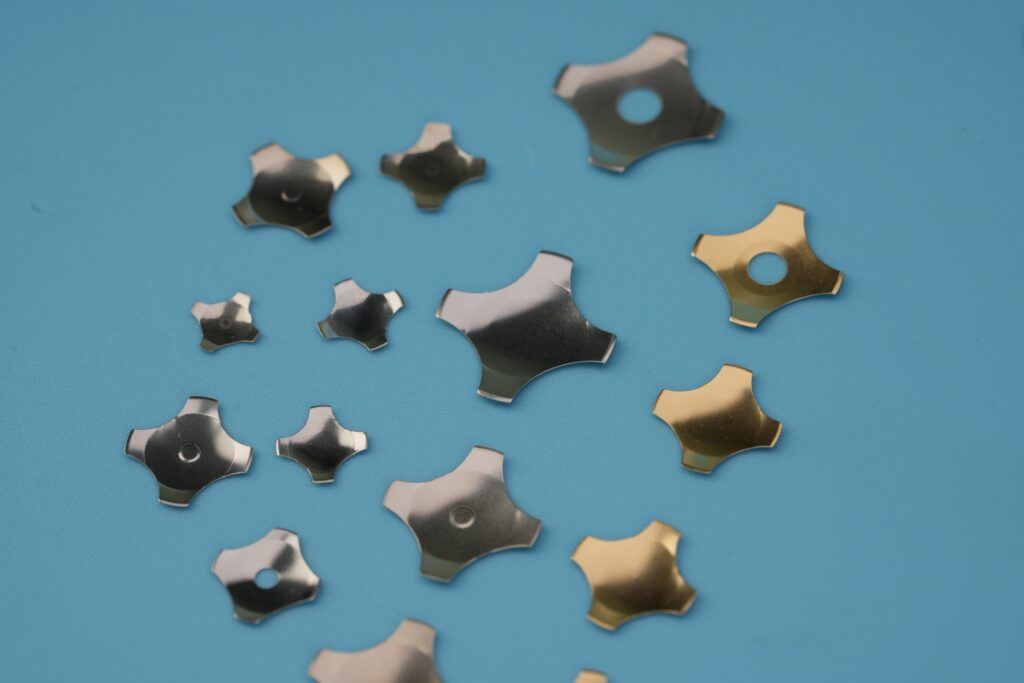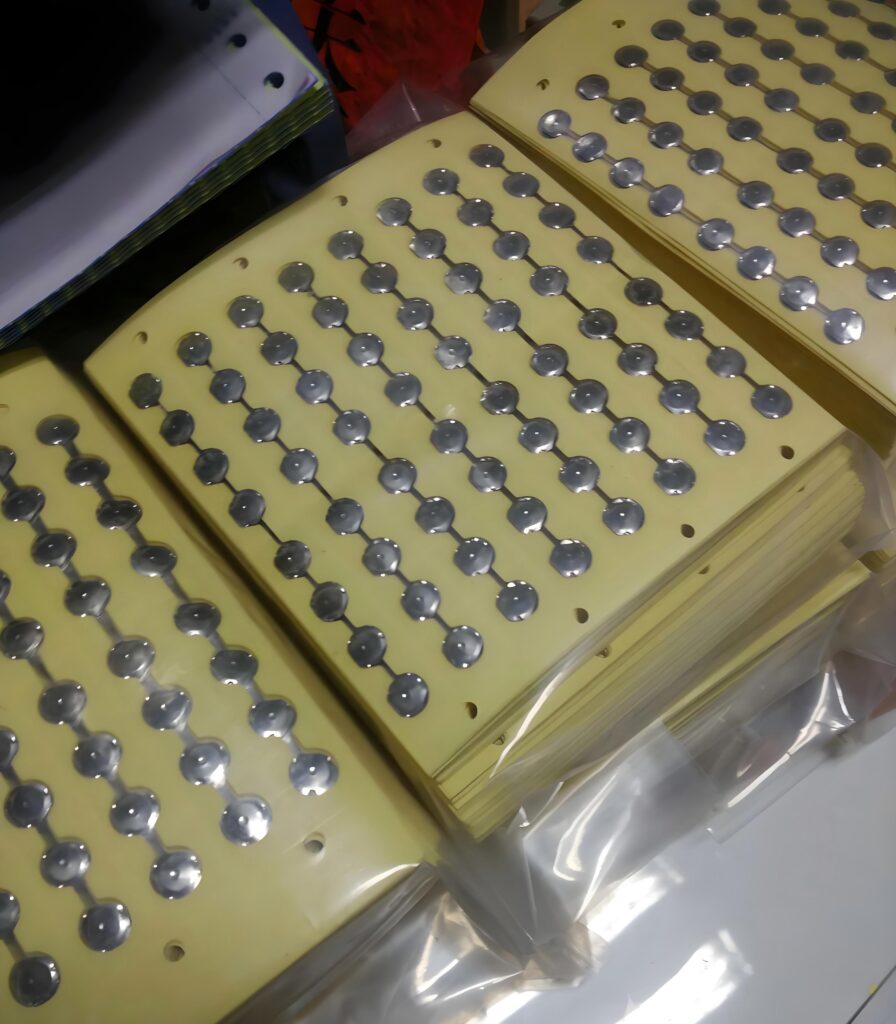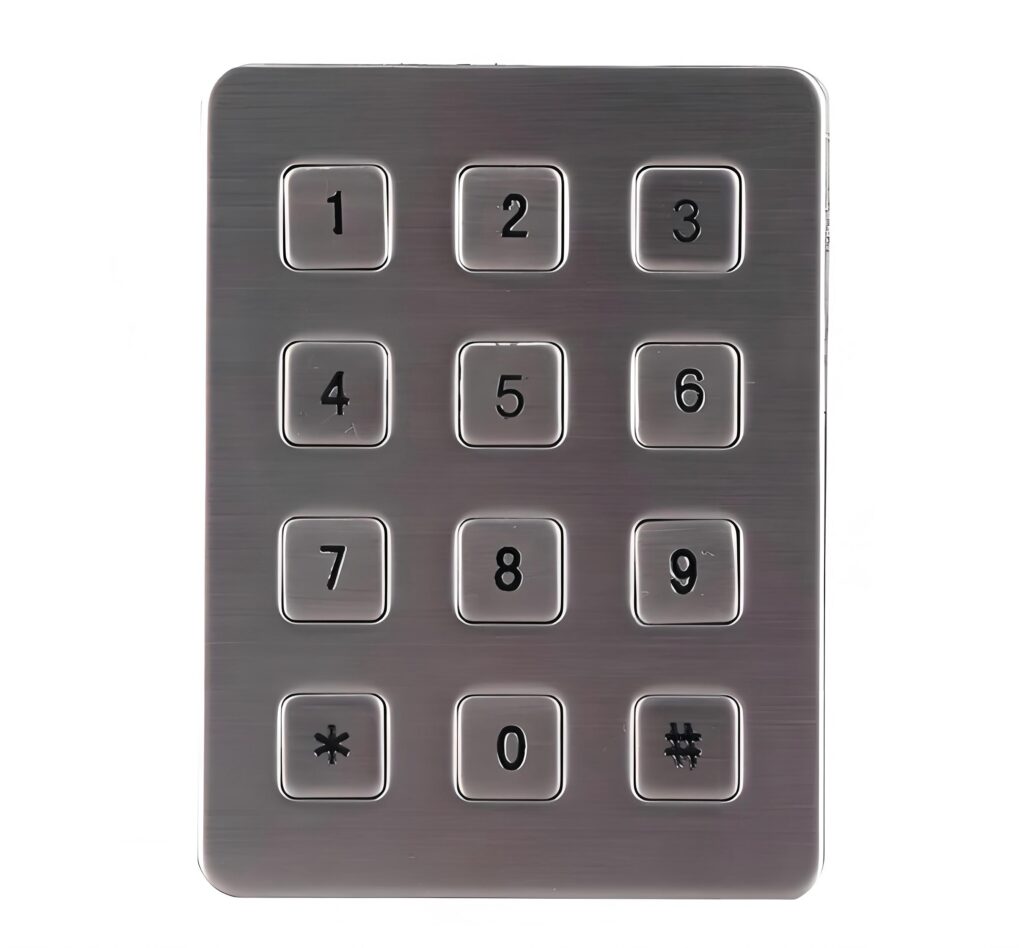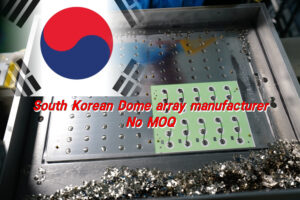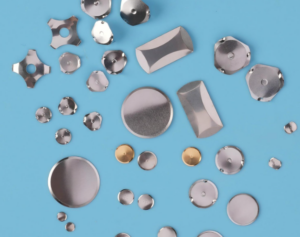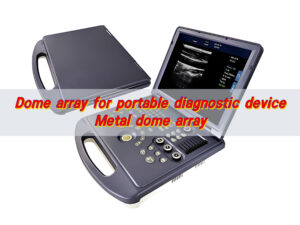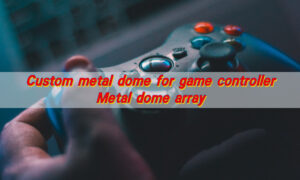Dome array vs Individual domes use the same stainless-steel snap discs but differ in assembly and efficiency. Individual domes are supplied one by one and placed manually on a circuit board, ideal for prototypes or small runs where design changes are frequent. A dome array, by contrast, is a pre-positioned sheet of multiple domes secured on adhesive film, applied in a single step for faster, more accurate mass production. Both deliver the same crisp tactile feedback, yet arrays save time, cut labor costs, and ensure consistent alignment, making them the preferred choice for high-volume manufacturing.
What are dome array and individual dome?
Metal dome is a small, stainless-steel disc that flexes when pressed. It snaps to create a crisp tactile response and then returns to its original shape. This snap action produces a clear “click,” confirming that a circuit has closed.
An individual dome is a single metal dome supplied separately. Designers place each piece on a circuit board or switch pad. They cover it with an adhesive film or overlay. Installers position every dome one by one.
A dome array is different. It is a sheet of adhesive film that holds multiple domes in pre-set positions. The film often includes a spacer layer, vent holes, and a top adhesive layer. Technicians apply the entire sheet directly to the circuit board. Each dome is already aligned in its correct spot. This saves time and improves accuracy.
Both methods use the same core part—the metal dome. The difference lies in how those domes are packaged and mounted.
Are there different types of domes?
Yes. Metal domes come in many shapes and force ratings to fit varied designs.
- Four-leg domes: Provide strong tactile feedback and high stability.
- Triangle domes: Offer fast response in small areas.
- Round domes: Deliver smooth, balanced feel for general use.
- Cross domes: Combine firmness with excellent rebound.
Materials can vary too. Most are stainless steel for durability and corrosion resistance. Some use special coatings for extra protection or gold plating for low contact resistance.
Sizes range from tiny 3 mm domes for compact electronics to large 20 mm domes for industrial controls. Actuation forces differ from light 100 g for handheld gadgets to heavy 500 g for rugged equipment.
Whether you need a soft click or a sharp snap, there is a metal dome type to match.
What is the difference between dome array and individual dome?
The key difference is assembly.
Individual domes require manual placement. Each dome is picked and positioned on the board, then covered by a top layer. This method suits small production runs or prototypes where flexibility is vital.
Dome arrays arrive as a ready-made sheet. All domes are fixed in their exact positions within the array. The entire sheet adheres to the board in one step. This saves labor and ensures perfect alignment.
Other important distinctions:
- Speed: Arrays reduce assembly time dramatically.
- Consistency: Pre-set spacing improves electrical contact accuracy.
- Maintenance: Arrays are easier to replace as a whole if needed.
- Cost: Individual domes may seem cheaper per piece, but higher labor often offsets savings.
Both options deliver the same crisp tactile feel. The difference lies in efficiency, precision, and production scale.
Dome array vs Individual domes: How to choose?
Think about your timeline, labor resources, and performance needs. Consider these factors.
- Production volume: For mass production, arrays cut assembly time and cost. For small batches or prototypes, individual domes allow quick changes.
- Design complexity: If the board has many contact points, arrays maintain spacing and accuracy.
- Maintenance plan: Arrays make replacements simple. Peel off and re-apply a new sheet.
- Budget: While individual domes cost less up front, labor for placement adds up. Arrays lower long-term costs for large runs.
How do dome arrays work?
A dome array is more than a sheet of metal domes. It is a layered structure designed for reliable switching.
- Adhesive top layer seals and holds the domes in place.
- Spacer layer maintains the right distance between the dome and circuit.
- Metal dome snaps down when pressed, closing the circuit.
- Vent holes allow air release for quick rebound.
When the user presses a button on the product’s outer surface, force travels through the overlay and pushes the metal dome. The dome collapses with a crisp snap. It touches the PCB contact pads underneath, completing the electrical path. Once released, the dome springs back, opening the circuit and restoring the initial shape.
This design provides precise tactile feedback, long life, and a clean user experience.
What are the pros and cons of domes?
Metal domes, whether in arrays or as singles, offer many strengths.
Pros
- Sharp tactile feel gives clear feedback.
- Long life—often over one million actuations.
- High reliability with consistent contact resistance.
- Thin profile suits slim electronic devices.
- Corrosion-resistant stainless steel resists harsh conditions.
Cons
- Domes require a flat, clean mounting surface.
- Over-flexing during assembly can reduce lifespan.
- Extreme contamination may affect performance without proper sealing.
Notice that disadvantages are few and easy to manage with good design and assembly practices.
What are the applications of dome array?
Dome arrays appear in many industries.
- Consumer electronics: Mobile phones, remote controls, game controllers, and smart home devices all rely on crisp tactile feedback.
- Medical devices: Portable monitors and diagnostic tools use dome arrays for dependable, sterilizable interfaces.
- Automotive controls: Car dashboards, keyless entry pads, and steering wheel buttons need high durability and precise feel.
- Industrial equipment: Machines and handheld instruments benefit from strong tactile response in harsh settings.
- Communication gear: Radios, headsets, and walkie-talkies demand reliable switch performance.
Because dome arrays are fast to install and easy to replace, manufacturers use them wherever accuracy and efficiency matter.
Conclusion:
Metal domes create the crisp tactile feel users expect. Individual domes suit small projects and quick changes. Dome arrays save time and boost accuracy in mass production. Choose based on volume, budget, and design complexity.
For expert advice or to request samples, contact sales@metal-domes.com




